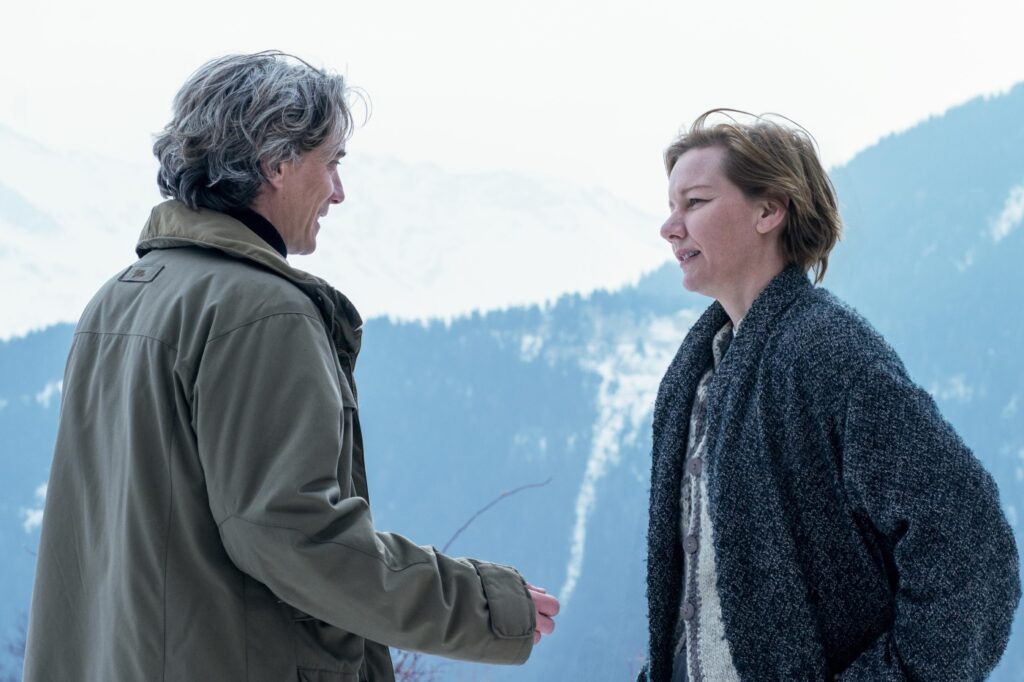
The first frame of Anatomy of a Fall, even before the traditional procession of vanity cards, is the text of a URL: didshedoit.com. The ensuing movie, a tense and absorbing courtroom drama directed by Justine Triet, doesn’t so much investigate the answer to that question as emphasize its unknowability. Like Rashomon before so, it posits that the quest for truth is a fool’s errand, and that past events are refracted through individual prisms of memory and perspective. Initially tasked with finding guilt or innocence, it instead grapples with the notion that those terms are illusory.
The “she” of that URL is Sandra Voyter (Sandra Hüller), and the “it” is the death of her husband, Samuel Maleski (Samuel Theis). That both characters share a first name with the actor playing them is just one sign that Triet is attempting to collapse fact and fiction, though her screenplay, which she wrote with Arthur Harari, isn’t rooted in any specific true-crime episode. It instead methodically builds itself out from the film’s opening scene, when Sandra and Samuel’s 11-year-old son, Daniel (Milo Machado Graner), returns from a walk with his dog to find his father’s bloody body splayed out at the base of their ski chalet. This completes the URL’s question: Did Samuel jump, or did Sandra push him?
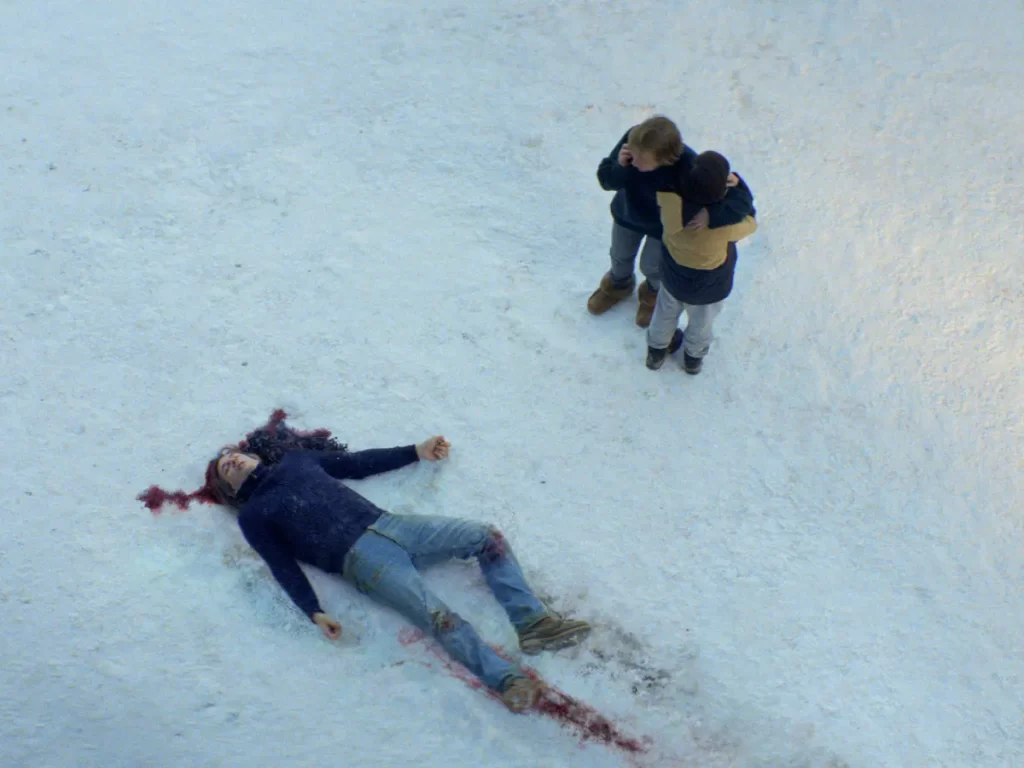
That simple inquiry forms the impetus for a complicated movie that sprawls out in a number of directions while still retaining its all-consuming focus on Sandra’s potential culpability. Reduced to its essentials, Anatomy of a Fall is a legal procedural, chronicling Sandra’s subsequent trial for Samuel’s murder. Yet it is a great many other things besides: a study of the durability and instability of marriage; an interrogation of the stereotypes surrounding motherhood and female independence; a portrait of the preciousness of childhood and the loss of innocence; an intellectual analysis of the music of 50 Cent.
If you think I’m joking about that last one, you’re underestimating Triet’s ability to churn even the most trivial details into grist for interpretation and suspense. The brunt of Anatomy of a Fall takes place in the courtroom, a gladiatorial arena of verbal warfare where the parties constantly thrust and parry, gain ground and take cover. The prosecutor (a sublimely obnoxious Antoine Reinartz) assembles the evidence against Sandra—a blood spatter analysis, an incriminating recording, a noisy reenactment involving loud conversation and louder music (remember what I said about 50 Cent?)—with a mixture of thoughtful precision and withering condescension. Her defense attorney (Swann Arlaud) retaliates not just by poking holes and providing alternate theories, but by delivering sweeping oratories meant to embellish his client’s integrity as much as her innocence. (“Despite what you may have surmised, that was not his closing argument,” the judge observes after one particularly resounding monologue.)
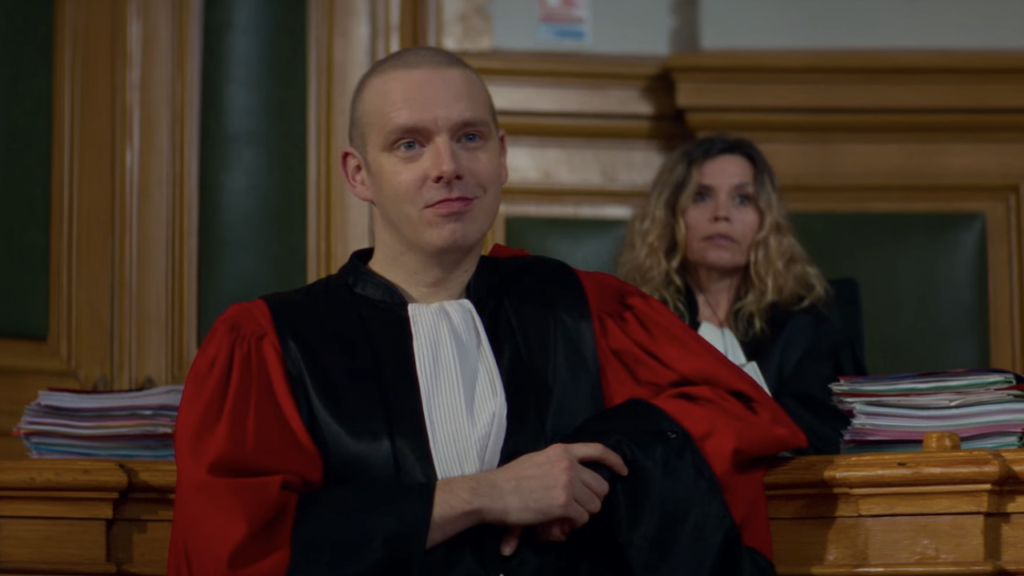
Triet’s staging of this adversarial combat is simultaneously rigorous and playful. Unlike American trials, in which most criminal defendants sit silently and let their lawyers speak for them, the French legal system (to the best of my limited knowledge) allows for persistent inquiry of the accused, and Triet capitalizes on this peculiarity to create triangular conversations—medleys of chatter that sing with rhythm and crescendo in intensity. (Last year’s Saint Omer attempted something similar.) She also wields her camera purposefully, often engaging in tight close-ups but occasionally pulling back and noting the ominous surroundings; during Daniel’s freighted testimony, the camera glides back and forth in a half-ellipse depending on which side is questioning him, underlining the case’s dueling perspectives. Her masterstroke comes when the prosecutor plays a discreetly taped conversation between Sandra and Samuel; at first Triet allows it to unfold via flashback, watching somberly as they eviscerate one another as only married couples can, but when the violence shifts from verbal to physical, she abruptly returns to the courtroom and provides only the ambiguous audio—jerking us from the certitude of reality back to the haze of speculation.
One of Triet’s goals is to place you in the same position as the panel of jurors whom we see straining their ears while listening to the indistinct smacks and shrieks of that recording. Yet she also has loftier, less obvious ambitions in mind. When a pathologist declares the cause of Samuel’s death to be “accidental and/or deliberate,” the double-conjunction would seem to be contradictory, but Anatomy of a Fall argues that people aren’t so easily reducible, and can in fact embody seemingly conflicting traits. Sandra, we learn, is a gifted writer, a protective mother, and a vivacious conversationalist; she is also seen to be petulant, selfish, and cruel. You might say she’s a good person and/or a murderer.
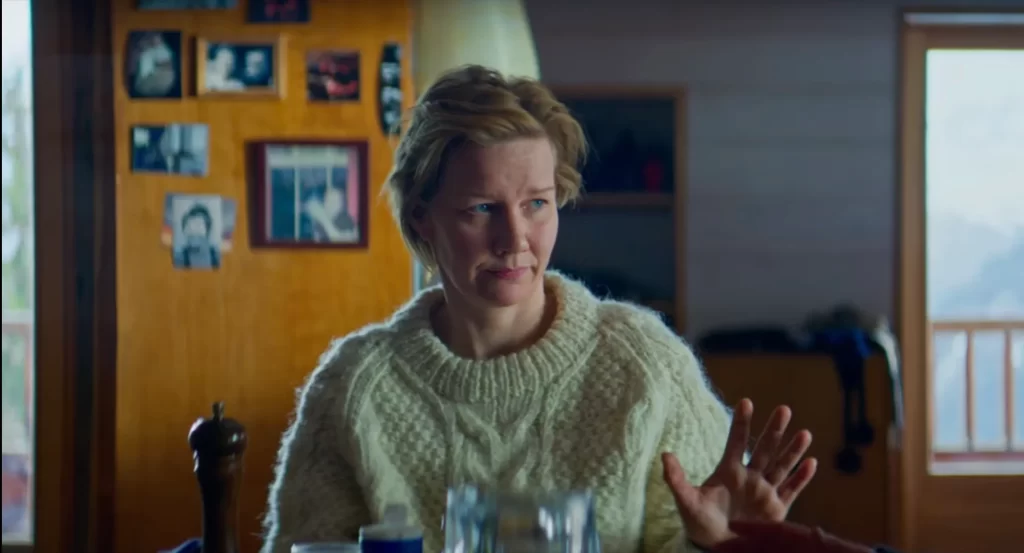
Hüller, who had a smaller but no less crucial role in Triet’s prior feature, Sibyl, embraces the character’s complexity, playing her as both earnest and calculating, inviting and withholding. She can’t let us get too close, because the whole point of Anatomy of a Fall is that it keeps us in the dark regarding Sandra’s actions, if not her emotions. It’s an intricate performance that exemplifies the movie’s bristling intelligence, along with the artifice that holds it back from greatness.
For all its tension and insight, Anatomy of a Fall is fundamentally an exercise—an experiment in how cinema can be wielded to probe at thorny concepts of truth and justice. Triet has artfully loaded the picture with competing pieces of evidence—rival forensic experts, infidelities and suicide attempts, confident assertions and misremembered claims, even a cute and helpless dog—that are designed to obscure her (really, our) putative search for answers. This sense of (reasonable?) doubt is, of course, part of the point; in the end, as an officious-but-sympathetic adult tells Daniel, you simply need to choose what to believe.
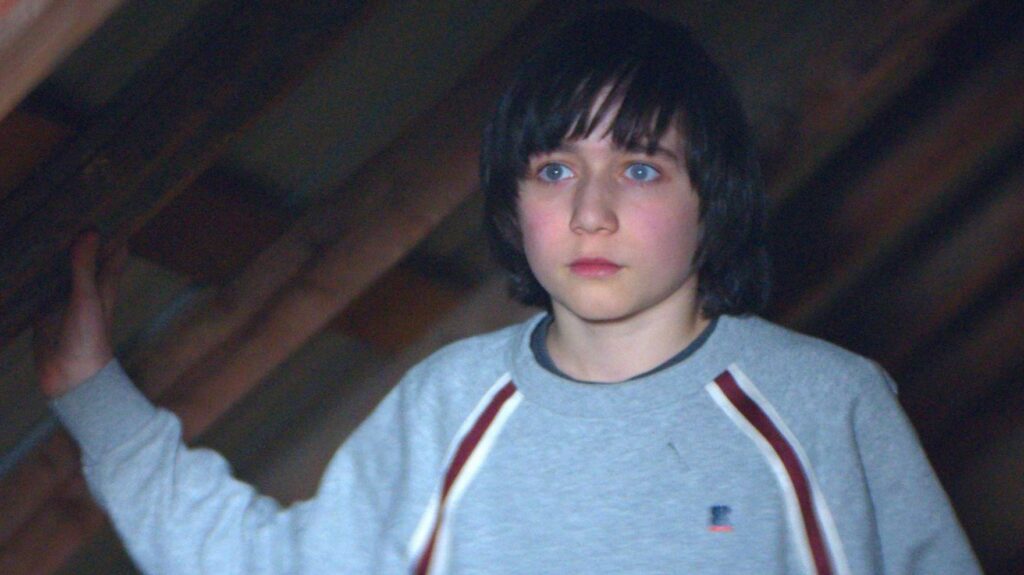
Fair enough. But the tantalizing ambiguity of the film’s narrative serves to camouflage its faintly banal premise: If a body falls in the snow and no one sees it, does it make a crime? We can never know whether Sandra did it or not, and the unsolvable nature of that mystery hovers over the movie, taunting us as we feebly sift through its meticulously arranged presentation of key clues and red herrings. I’m not suggesting Triet should have resolved her central enigma—that would have betrayed her entire thesis—so much as recognizing that, in constructing such an elaborate puzzle, she has built something of a false deck.
Perhaps I’m mistaken; after all, Anatomy of a Fall won the Palme d’Or at Cannes, among the most cherished prizes in cinema. I admire Triet’s craft and conviction, and I acknowledge that she’s populated her engineered conceit with richly drawn characters and fine-grained performances. But if the ultimate (unfair) question is whether she’s made one of the best movies of the year, my verdict is that she didn’t do it.
Grade: B+
Jeremy Beck is the editor-in-chief of MovieManifesto. He watches more movies and television than he probably should.

I was falling asleep watching this slow moving picture…tiresome at best
Definitely an A movie
It has “real” characters
and they are all excellent